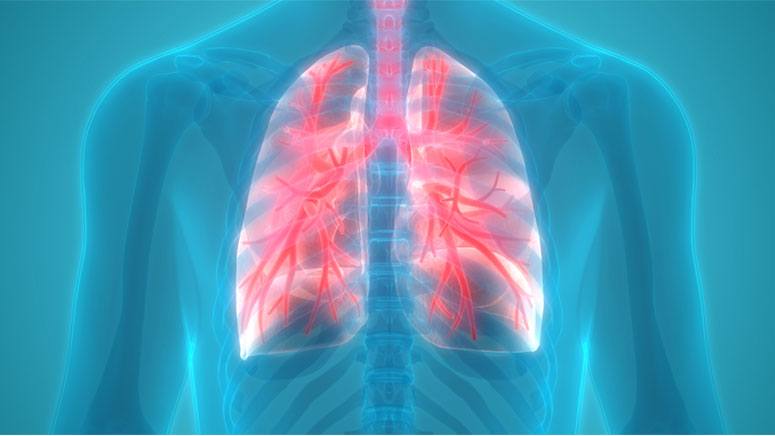A lung needle biopsy is a procedure done to extract a small of lung tissue. The biopsy would include examining the tissues under the microscope.
This procedure is usually done to diagnose an irregular area or tissue in the lungs. It is also referred to as percutaneous needle aspiration.
What is the purpose of a lung needle biopsy?

A lung needle biopsy is a diagnostic procedure. It is mostly done after an abnormality is found during a chest X-ray, a CT scan [1], or another imaging test. Other things your doctor can use the procedure for include:
- Stage a malignant lung tumor
- Determine whether a lung mass is cancerous or not
- Monitor the progression of lung disease
- Determine the reason fluid has collected in your lung
- Determine the cause of inflammation in the lung
- Diagnose a lung infection [2]
Depending on the condition, a lung needle biopsy may either be performed on its own or with other tests, such as:
- Mediastinoscopy: A mediastinoscopy [3] is a procedure that involves inserting an instrument with light through an incision in your chest. Your doctor uses the instrument known as a mediastinoscope to view the area between your lungs. After which, they collect the lymph node tissue for testing.
- Bronchoscopy: A bronchoscopy [4] is a procedure that involves inserting an instrument with a camera on its end into your throat through your mouth, and into the airways in your lung. This gives your doctor a good view of various parts of your lungs.













